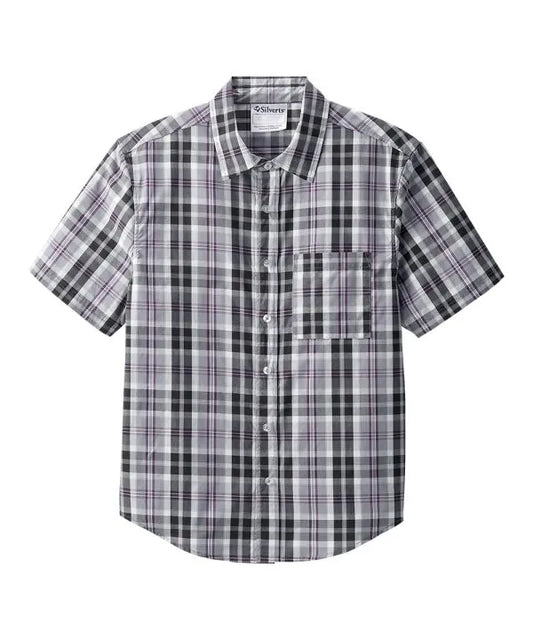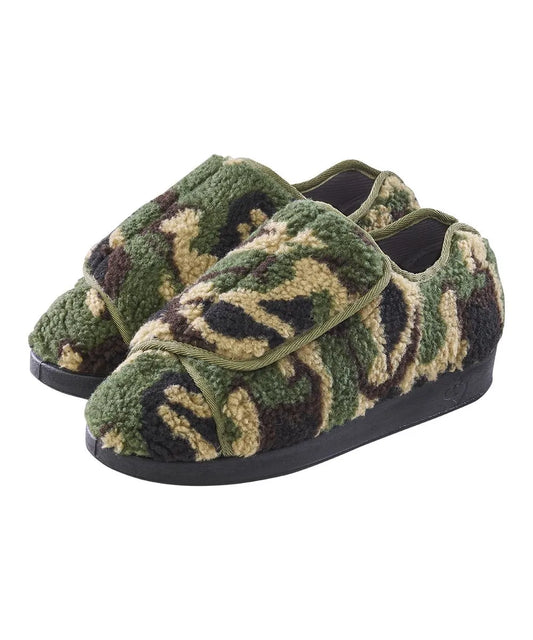Written by Eric Ye & reviewed by Nicole Fernandes
Having the right foot measurement is often overlooked but plays a crucial role in ensuring optimal comfort, foot health, and overall well-being. Ill-fitting shoes can lead to discomfort, foot problems, and even injuries, making it essential to accurately measure your feet. By understanding the importance of proper foot measurement, you can make informed decisions when selecting footwear, ultimately enhancing your comfort, reducing the risk of foot-related issues, and maximizing your performance.
In this blog post, we will delve into the significance of having the right foot measurement and explore how it affects your comfort, foot health and injury prevention. Let's dive in and discover why measuring your feet accurately is a fundamental step toward finding the perfect pair of shoes.
Why having the right foot measurement is essential
Firstly, it directly affects your comfort. Shoes that are the wrong size can lead to discomfort and pain. Tight shoes can cause blisters, corns, and calluses, while shoes that are too loose can result in foot sliding and instability. By having accurate foot measurements, you can ensure that your shoes fit properly and provide the necessary support and comfort.
Secondly, proper foot measurement is crucial for foot health. Poor fitting shoes can contribute to a range of foot problems and conditions. Tight shoes can squeeze the toes together, leading to bunions, hammertoes, and ingrown toenails. Shoes that don't provide adequate support or have improper arch support can cause foot fatigue and other issues. By wearing shoes that fit correctly, you can help maintain proper foot alignment and reduce the risk of developing foot-related problems.
In addition to comfort and foot health, having the right foot measurement also plays a significant role in injury prevention. Wearing shoes that are too small or too big can increase the risk of foot and ankle injuries. Shoes that are too tight can restrict movement and put excessive pressure on certain areas, leading to strains and sprains. Loose-fitting shoes can cause instability and contribute to tripping or falling. Properly fitted shoes, based on accurate foot measurements, can help support the feet and provide stability, reducing the risk of injuries during physical activities or daily movements. Discover the perfect blend of comfort and convenience with these men's lightweight cushioned shoes from June Adaptive, featuring a rear zipper access for effortless wearability and a snug fit.

Furthermore, accurate foot measurements can enhance performance, whether you're an athlete or someone who engages in regular exercise. Shoes that are too tight or loose can affect your balance, agility, and overall movement efficiency. By having the right foot measurements and wearing shoes that provide a proper fit, you can optimize your performance and reduce the chances of discomfort or injury during physical activities.
Step-by-Step guide on how to measuring your feet
Gathering the necessary tools:
A piece of paper larger than your foot
A pen or pencil
A ruler or measuring tape
A chair or stool
Socks (if you plan to wear them with your shoes)
Step 1: Prepare your workspace
Find a clean and flat surface to work on. Place the piece of paper on the floor, ensuring it's larger than your foot. If the floor is too hard, you can put a towel or a yoga mat underneath for added comfort.
Step 2: Put on sock (optional)
If you usually wear socks with your shoes, it's best to measure your feet while wearing them. This ensures a more accurate measurement, as socks can affect the overall size and fit of the shoe. Put on a pair of socks that you would typically wear with the type of shoes you're planning to purchase.

Step 3: Position your feet
Sit on one of the chairs or stools and place your foot firmly on the paper, ensuring your leg is at a 90-degree angle to your foot. This position helps to maintain an accurate measurement. Make sure your weight is evenly distributed on both feet to avoid any imbalance.
Step 4: Trace Outline
Using the pen or pencil, carefully trace the outline of your foot. Start from the back of the heel and follow along the contours of your foot, including the arch and the toes. It's important to keep the pen or pencil perpendicular to the paper to capture the exact shape of your foot. Take your time and be as precise as possible. Repeat the same process for the other foot.
Step 6: Measure the length
Once you have traced the outlines of both feet, it's time to measure their length. Take the ruler or measuring tape and place it horizontally from the back of the heel to the longest toe of each foot. Ensure that the measuring instrument is straight and flat against the paper. Read the measurement where the longest toe reaches. Note down the measurements separately for both feet.
Step 7: Measure the width
To measure the width of your feet, find the widest part of each foot, usually around the ball area. Take the ruler or measuring tape and place it vertically across the widest part of the foot. Measure the distance between the two points and note down the measurements separately for both feet.

For individuals seeking men's extra-wide shoes with optimal fit and comfort, check out June Adaptive's collection here.
Step 8: Determine your shoe size
While having accurate foot measurements is a great starting point, it's important to consider the specific sizing chart provided by the brand or manufacturer you're interested in. Different shoe brands and styles may have slight variations in sizing. Most sizing charts will have a corresponding foot length and width range to help you determine the right size for your feet. Use your measurements as a guide to find the appropriate shoe size that aligns with the brand's sizing chart.
Step 9: Consider additional factors
It's worth noting that foot measurements are not the only factors to consider for a proper shoe fit. Each individual's feet have unique characteristics, such as arch height, foot volume, and personal preferences. Some individuals may have wide or narrow feet, high or low arches, or other specific foot characteristics that might require special attention when selecting shoes. Consider these additional factors and try on different styles and brands to find the best fit for your feet.
Another factor is orthopedic insoles. Orthopedic insoles are specialized shoe inserts that provide support and cushioning for various foot conditions. If you have specific foot concerns, it's worth consulting with a foot specialist to determine if orthopedic insoles are necessary. When measuring your feet, keep in mind whether you plan to use orthopedic insoles and consider sizing up slightly to accommodate them. Look for shoes with removable insoles or extra depth to accommodate custom orthotics. By considering orthopedic insoles, you can enhance comfort, support, and foot health in your footwear.
Accurate foot measurements are a fundamental step in ensuring comfort, foot health, and overall well-being. By following the step-by-step guide outlined above, you can measure your feet with confidence and make informed decisions when purchasing new footwear. Remember, each foot is unique, and it's important to consider additional factors such as arch height, foot volume, and personal preferences. With the right measurements and a good understanding of your foot's characteristics, you'll be well-equipped to find the perfect pair of shoes that provide comfort, support, and enhance your overall shoe-wearing experience.















